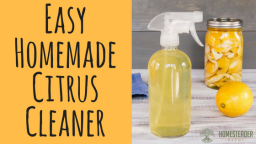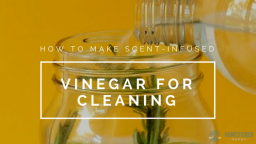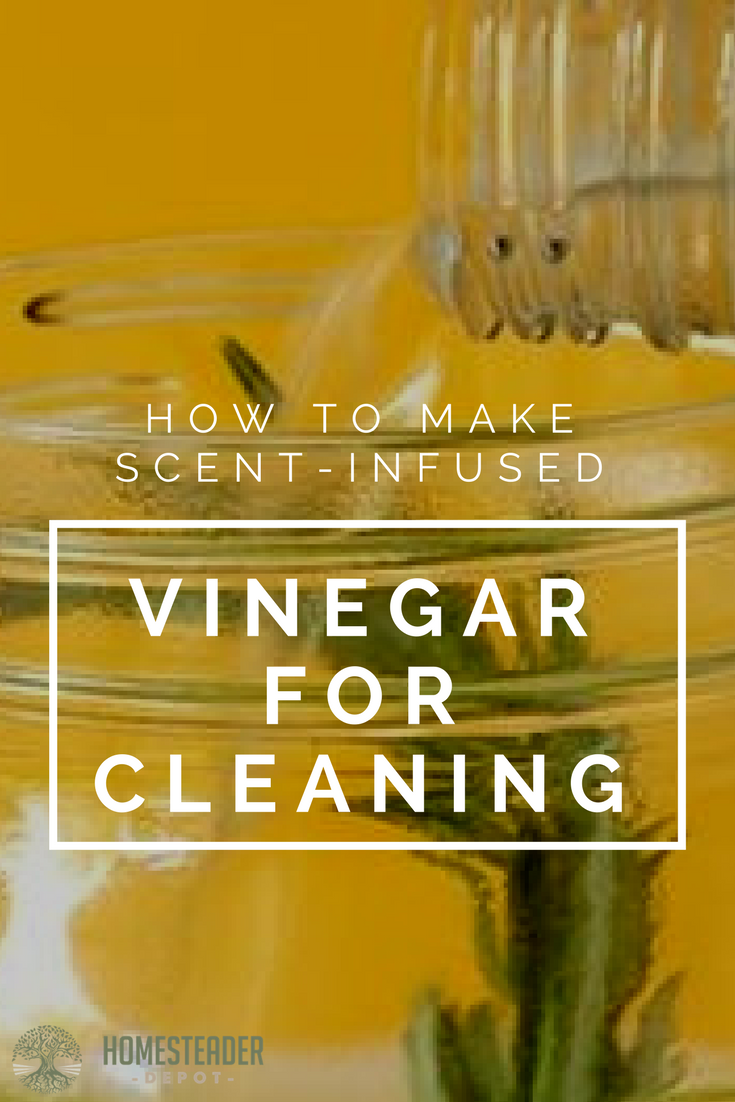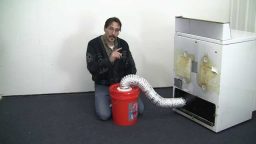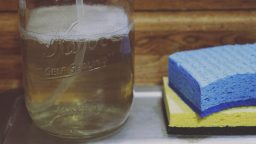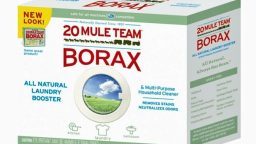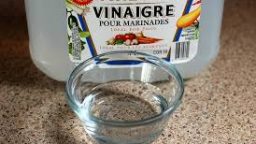There are so many reasons to make your own cleaning products at home. You can save money, avoid nasty, harmful chemicals, avoid keeping toxic products under the sink if you’ve got a small child, do less damage to the environment, the list goes on.
However, one of the key features of pre-made, store-bought cleaning products is their strong smell. Sometimes it can be very unpleasant and overwhelming, of course, especially if you’re not used to them anymore, but if you’re not, you might associate that clean, sweet smell of a scented cleaning product with cleanliness itself.
And it actually makes sense that a fresh aroma would be associated with cleanliness. While most store-bought products these days are artificially scented to enhance the sensation of cleanliness, many of the scents they use are derived from (or imitations of) plants that are naturally deodorizing, antibacterial, or antimicrobial.
This is why I absolutely love making my own homemade citrus cleaner. It not only smells amazing, but the naturally occurring oils in citrus help to clean better, too! Not to mention, it costs literally pennies to make. You can use discarded citrus peels from oranges, lemon, or even grapefruit after you’ve already enjoyed the juicy goodness of the fruit, and just some vinegar and distilled water, and you’re good! How easy is that?
Here’s how:
Ingredients
- Leftover citrus peels
- Distilled white vinegar
- Distilled water
- Jar
- Spray bottle
- Time
Instructions
- Take your citrus peels and stuff into your jar. Try to really stuff them in there so they will stay in place; you don’t want them all floating at the top. You will probably want to use a quart mason jar, but there’s no exact science here. Anything you can fit at least a few cups of liquid in will work.
- Next, cover with pure distilled white vinegar. And make sure you actually do cover the citrus. If you don’t manage to cover it all, it’s not the end of the world, but again, you don’t want all the peels floating at the top.
- Set aside for 1-3 weeks. The longer you let it sit, of course, the more potent the citrus scent will be.
- When you’re ready to use, simply strain out the peels, pour into a spray bottle, and dilute with distilled water (you can really use tap if you’re not too fussy). You want to go for about 2 parts citrus vinegar and 1 part water, so if you don’t have enough citrus vinegar, you can use some regular white vinegar. If you have too much, just pour back over the citrus with some more vinegar and start over! You can reuse the citrus peels at least one more time before they lose their potency.
That’s it! Hope you enjoy this fresh, clean alternative to simple water and vinegar as much as I do.
If you enjoyed this, you might also like….
